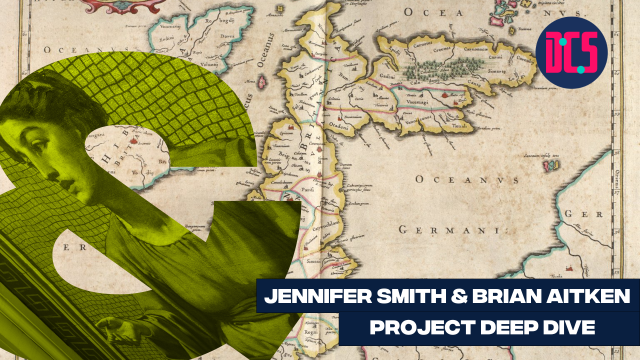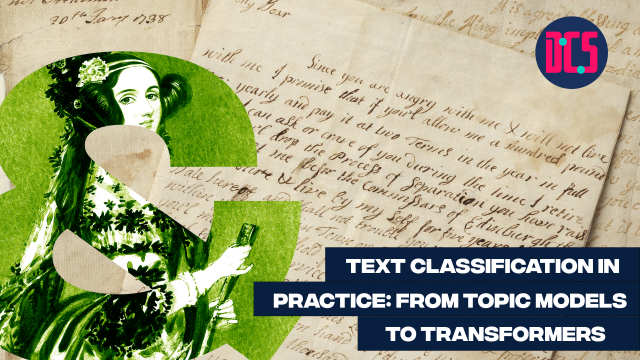Recording 3D Data: Structured Light Laser Scanner Tutorial

This 90 minute workshop will guide you through the basis of using a structured light laser scanner to produce a 3D model.
A structured-light 3D scanner is a 3D scanning device for measuring the three-dimensional shape of an object using projected light patterns and a camera system. Projecting a narrow band of light onto a surface produces a line of illumination that appears distorted from other perspectives than that of the projector and can be used for geometric reconstruction of the surface shape.
During the workshop you will learn how to operate the Einscan Structured Light Scanner hardware and the steps you will need to go through to convert your raw data into workable 3D models.
--
Due to high demand for our training events, our cancellation and no-show policy applies to bookings for this event. Click here for details of this policy.
--
This session is part of a series of tutorials on Recording 3D Data held by the Makerspace: find out more about Makerspace.












